Dutch/Californian artist Bas Jan Ader was last seen in 1975 when he took off in what would have been the smallest sailboat ever to cross the Atlantic. He left behind a small oeuvre, often using gravity as a medium, which more than 30 years after his disappearance at sea is more influential than ever before.
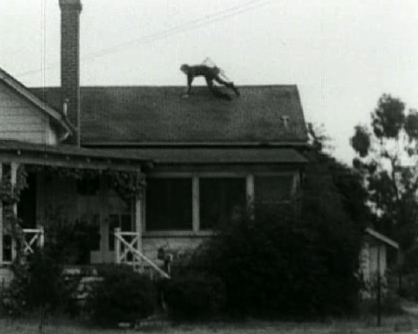
Fall I, Los Angeles, Bas Jan Ader, 16mm, duration: 24 sec, 1970
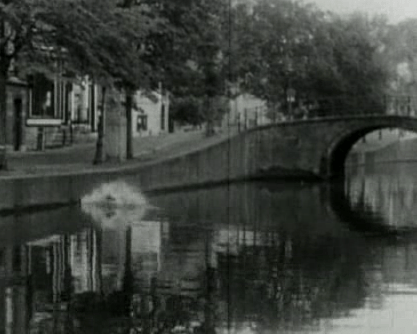
Fall II, Amsterdam, Bas Jan Ader, 16mm, 19 sec, 1970

I’m too sad to tell you, Bas Jan Ader, 16mm, duration: 3 min 34 sec, 1971
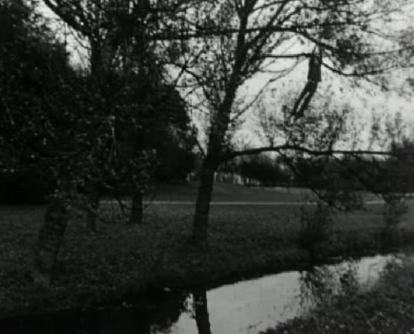
Broken fall (organic), Bas Jan Ader, 16mm, duration 1 min 44 sec, 1971
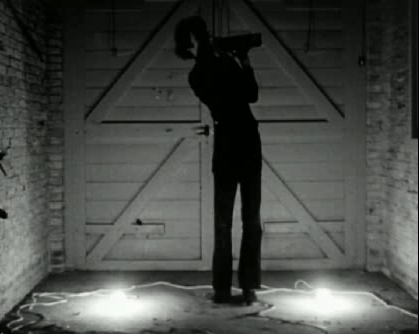
Nightfall, Bas Jan Ader, 16mm, 4 min 16 sec, 1971
For videos visit http://www.basjanader.com/
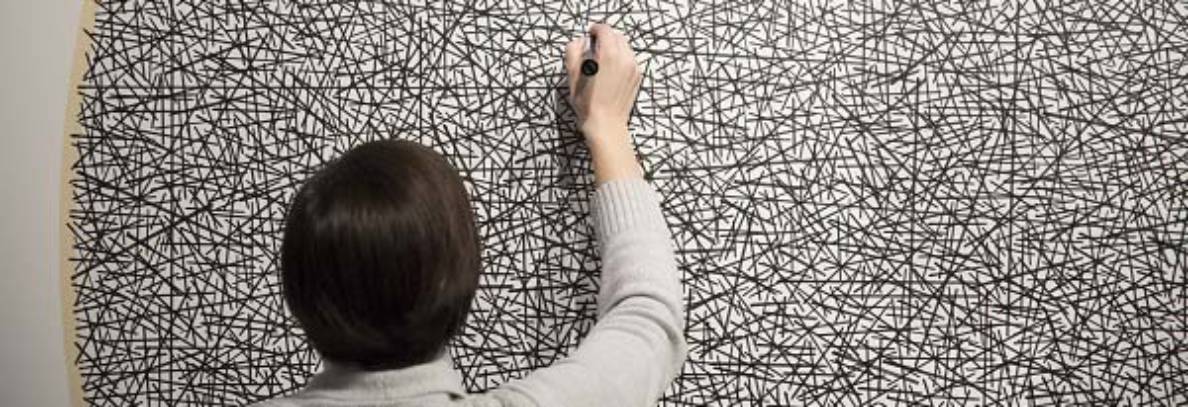
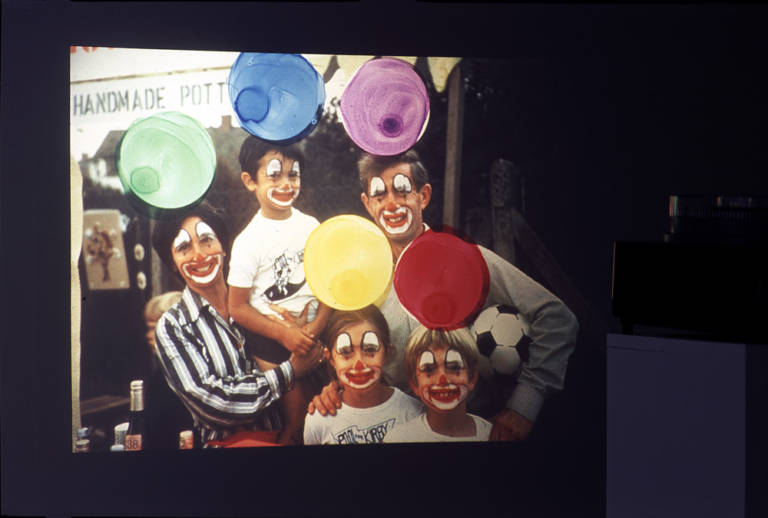
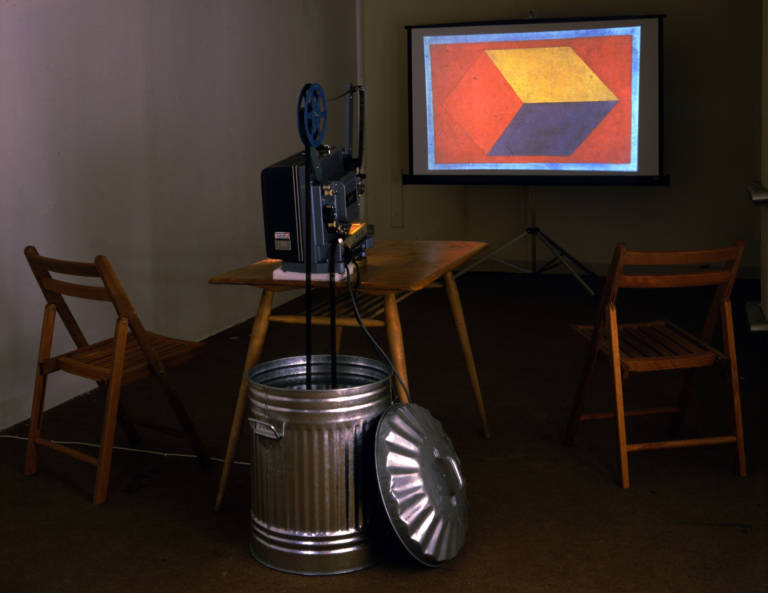
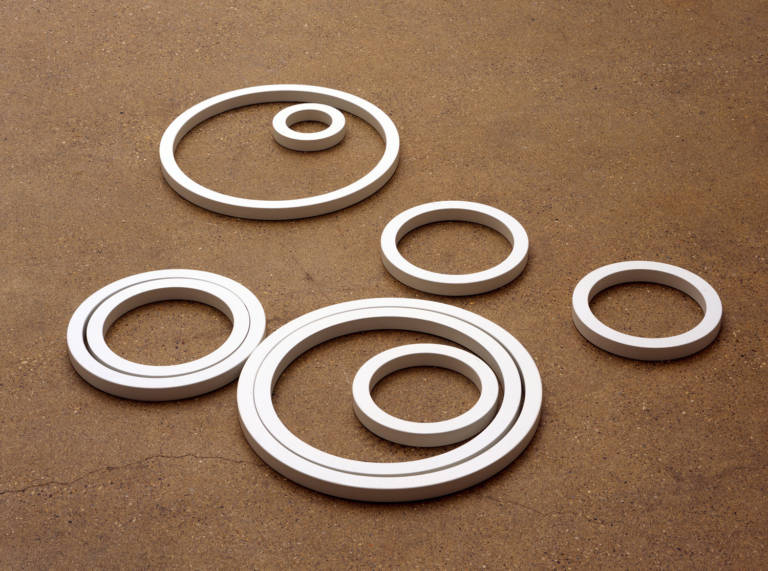
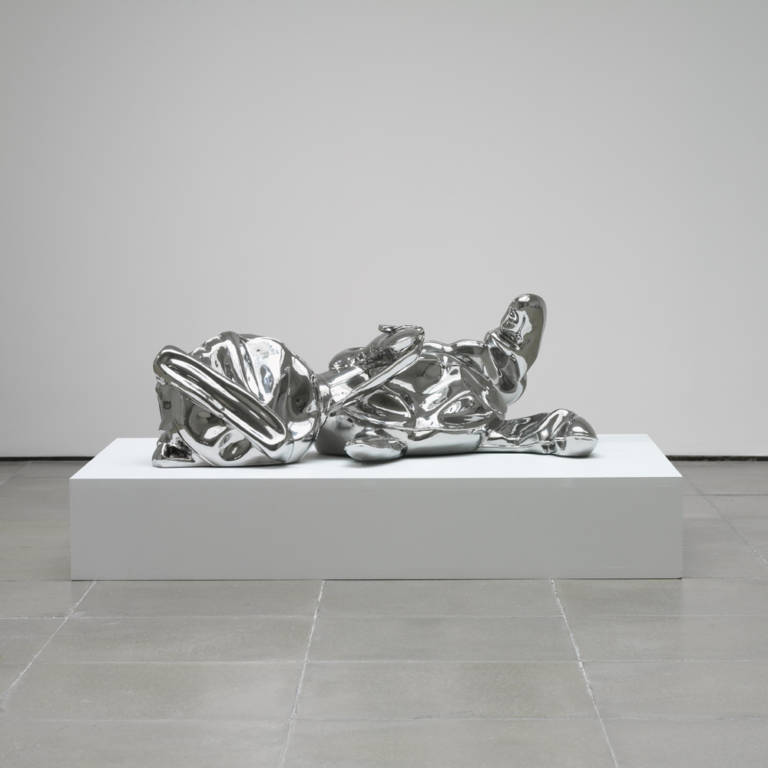
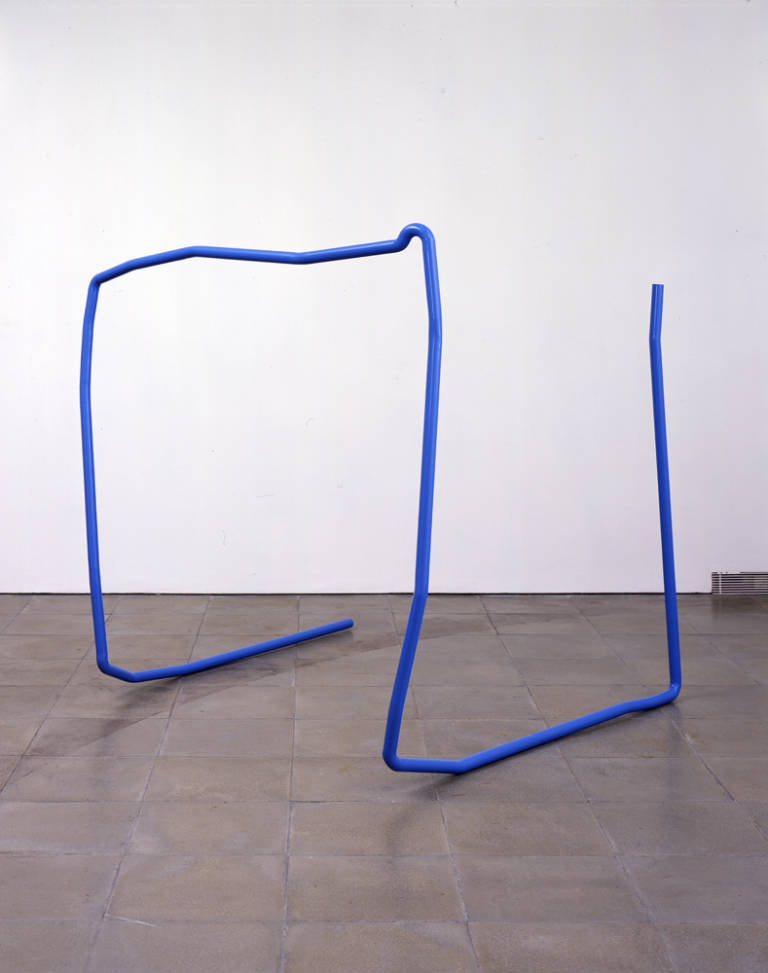
You must be logged in to post a comment.